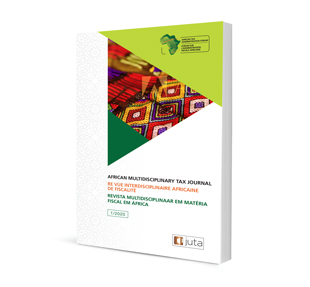
Optimising Eswatini’s Value-Added Tax (VAT) Threshold: Balancing Revenue Efficiency and Compliance Costs
Authors: Masuku Phindile T; Mamba Lwemvelo
ISSN: 2709-8575
Affiliations: Manager Research – Research, Strategy and Statistics Division at the Eswatini Revenue Service; Senior Analyst – Research, Strategy and Statistics Division at the Eswatini Revenue Service
Source: African Multidisciplinary Tax Journal, Volume 5, Issue 1 (2025), p. 276–295
https://doi.org/10.47348/AMTJ/V5/i1a13
Abstract
Value-added tax (VAT), a consumption tax levied on value added at every stage of production in the value chain, was introduced in Eswatini in April 2012 to replace general sales tax (GST). At its introduction, it was set at a rate of 14%, and since 2012, the VAT registration threshold has been set at E500 000. However, due to inflation and the time value of money, E500 000 in 2012 is no longer the equivalent of E500 000 in 2024, hence the need to review and determine the optimal VAT threshold. This study uses a method based on the idea of collecting the most amount of VAT revenue from the least number of taxpayers to approximate the optimal level of a VAT threshold for Eswatini. This optimal level creates administration and compliance cost-efficiencies for both the tax administration and the taxpayer, respectively. The findings from the study show that the marginal changes to the number of registered taxpayers and the VAT to be collected from them converge at a VAT threshold in the range of E800 000 to E900 000 for Eswatini; at this level, 99% of VAT revenue collected comes from only 54% of VAT-registered taxpayers. Therefore, based on the methodology, the study recommends that the VAT threshold should be revised from E500 000 to E900 000 to allow for the cost-efficient collection of VAT in the country.